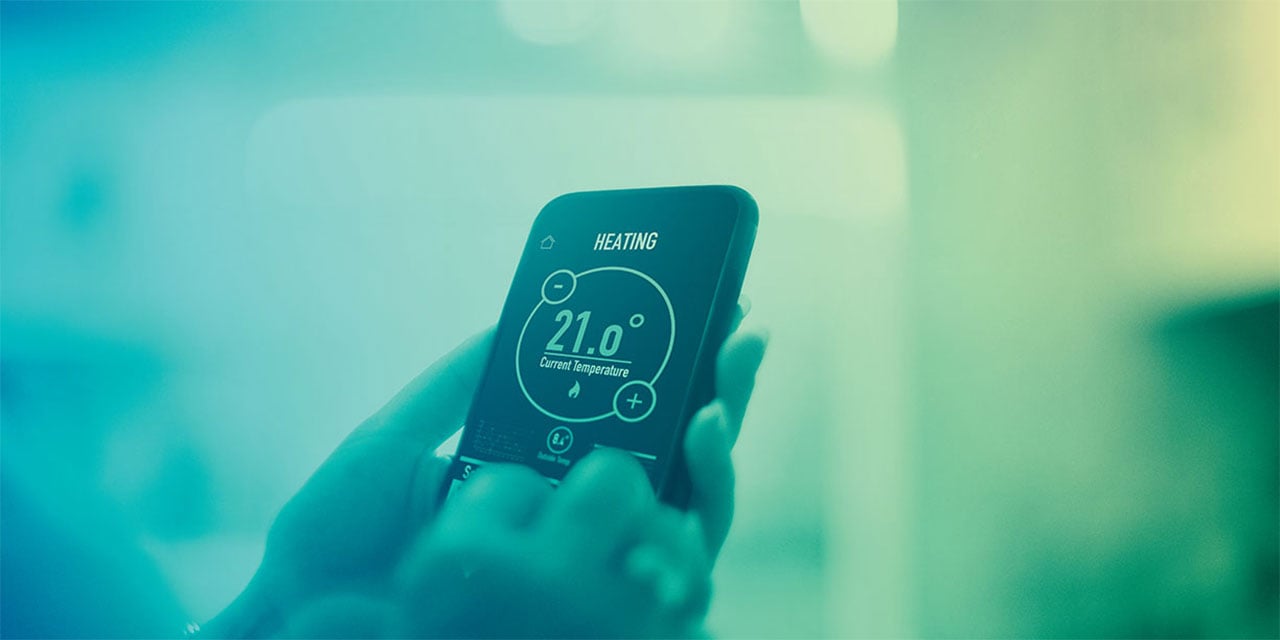
Millennial Empowerment
Industrial Insights: How Sustainability and Technology Are Driving Change in Energy Markets
Baird Capital’s Global Private Equity Team
Do millennnials care about where their energy comes from? Research suggests they do. A recent report by Deloitte shows that more than half of millennials rate the importance of renewable energy sources as very or extremely important compared to just a quarter of older consumers. The same research shows that millennials are also a lot more technologically savvy and therefore empowered to do something about this.
For instance, they use energy management apps more frequently than any other age group. It is not hard to see what is driving both of these trends. Recent media stories have focused on the Extinction Rebellion protests across the Western world, fires in the Amazon rainforest and the impact of rising temperatures and sea levels. At the same time, the liberalization of energy markets, the rise of digital marketplaces and the advent of internet of things (IoT) technology have all empowered consumers to influence their carbon footprint by making it easy for millennials to switch energy providers, turn down their heating when they're not at home and buy energy-efficient appliances and fixtures.
The increasing demand for sustainable energy is being partly met with growing wind, solar and hydro capacity around the world, driven by government subsidies and falling equipment costs. Indeed, research firm Bloomberg New Energy Finance estimates that by 2050, steep declines in wind, solar and battery technology costs will result in nearly half of the world electricity being generated by these renewable energy sources. Of course, many countries have tentatively committed to a zero net emissions future by 2050, a future that will entail electric cars, railways and a lot more clean energy production capacity.
Such a dramatic transformation in the global energy mix will require an equally dramatic investment in supporting energy infrastructure. Experts have questioned whether the U.K.'s increasing reliance on wind energy put too much pressure on the country's grid, triggering the worst blackout in more than 15 years in August 2019, which hit 1 million homes and triggered travel chaos.
The answer must lie in developing a smart grid that can respond quickly to changing electric demand, add resiliency and better integrate large-scale renewable energy systems. Such a grid will require significant investment in controls, computing, battery storage and automation. At the same time, a smart, digital grid will allow for two-way communication between utilities and their customers. This will enable better integration of customer-owned generation and storage systems, allowing, for instance, households to sell excess solar energy back to the grid.
Smart meters are an integral part of the smart grid revolution that provide more control for consumers. The data they produce allows distribution network operators to better manage energy supply and demand. Consumers in turn can better understand how much energy they consume and change their behavior, for instance running power-hungry appliances such as washing machines at cheaper, off-peak times.
Of course, the considerable savings to be made in energy consumption do not just apply to the residential sector. The commercial and industrial sectors together account for almost two-thirds of total consumption, and there is plenty of low-hanging fruit to pluck in delivering savings: IoT-enabled HVAC (heating, ventilation and air conditioning) systems can conserve energy and improve comfort while LED lighting installations consume less energy, and enabling them with sensors can reduce waste in empty rooms. IoT-enabled appliances, including LED lighting, air conditioners and central heating systems, allow consumers to reduce consumption by turning off heat and lights when they are not at home. Wireless sensors and networks allow buildings to be retrofitted at a lower cost and without damaging existing infrastructure. Smart power strips can automatically switch off printers and copiers at the end of the day.
Baird Capital sees significant potential to invest in the technologies and services required to support this global transformation of energy generation and consumption, from services to offshore wind to automation and IoT technologies, LED lighting and battery technologies.

